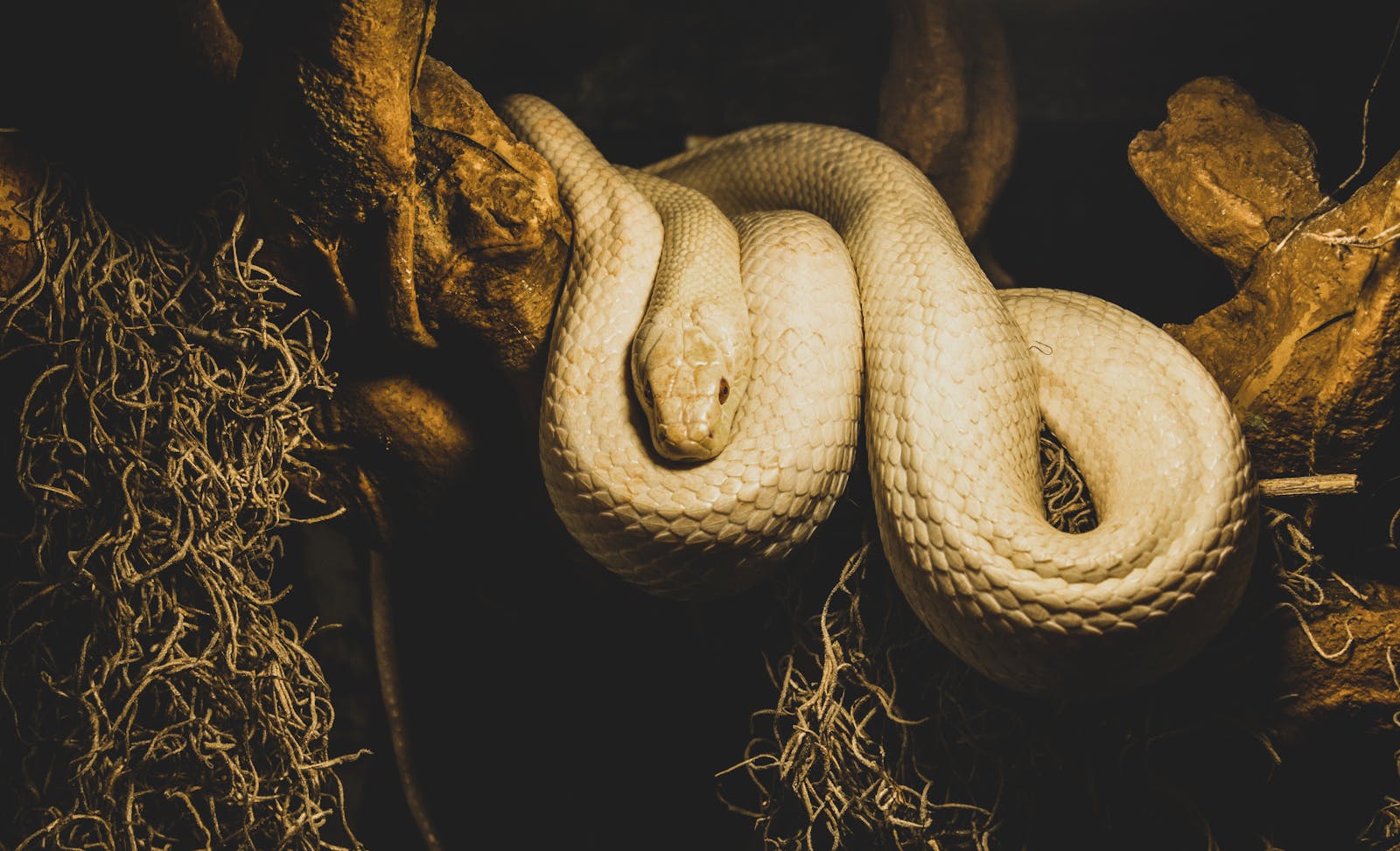When we think of snakes, we often picture them slithering across the ground or coiled around tree branches. However, beneath our feet exists a fascinating world of serpentine creatures that have adapted to life underground. These subterranean specialists have evolved unique characteristics that allow them to navigate through soil and tight spaces with remarkable efficiency. From modified scales to specialized skull structures, underground snakes represent some of nature’s most impressive examples of environmental adaptation. In this article, we’ll uncover five remarkable but little-known snake species that spend most of their lives beneath the surface, revealing the hidden diversity of these secretive reptiles and their fascinating adaptations to subterranean life.
The Mexican Burrowing Python (Loxocemus bicolor)
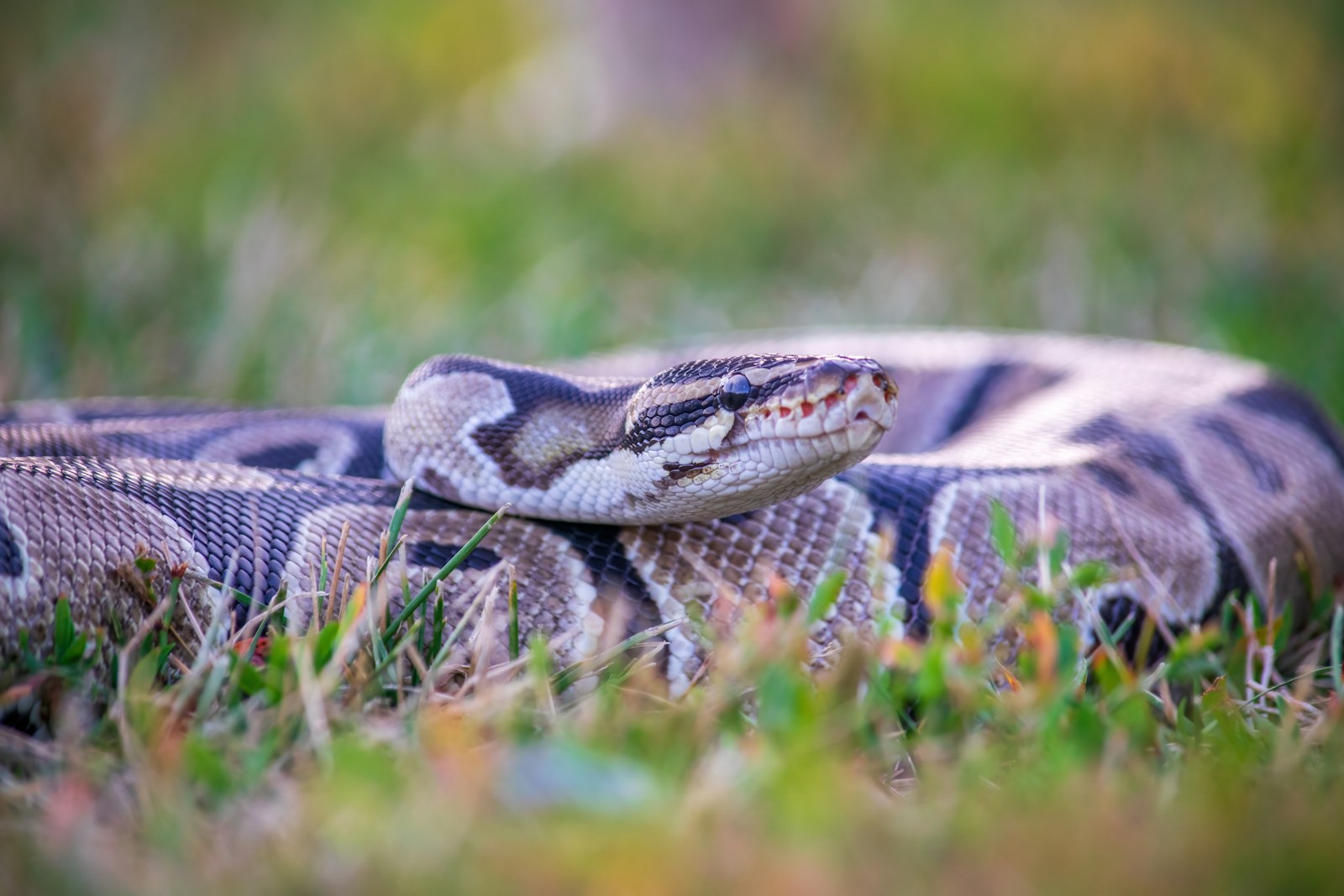
Despite its name suggesting a python relation, the Mexican Burrowing Python is actually the sole member of its own family, Loxocemidae, making it quite unique in the snake world. Native to Mexico and Central America, this stout-bodied snake typically grows to about 3 feet long and sports a glossy appearance with coloration ranging from dark brown to black on top with a contrasting cream or yellow belly. What makes this species particularly fascinating is its specialized skull structure, which has become more compact and reinforced to facilitate digging through soil and leaf litter. The Mexican Burrowing Python spends much of its time underground hunting for small reptiles, rodents, and even the eggs of other reptiles. Despite its subterranean lifestyle, very little is known about its behavior in the wild, making it a mysterious subject of interest for herpetologists.
The Blind Snake Family (Typhlopidae)
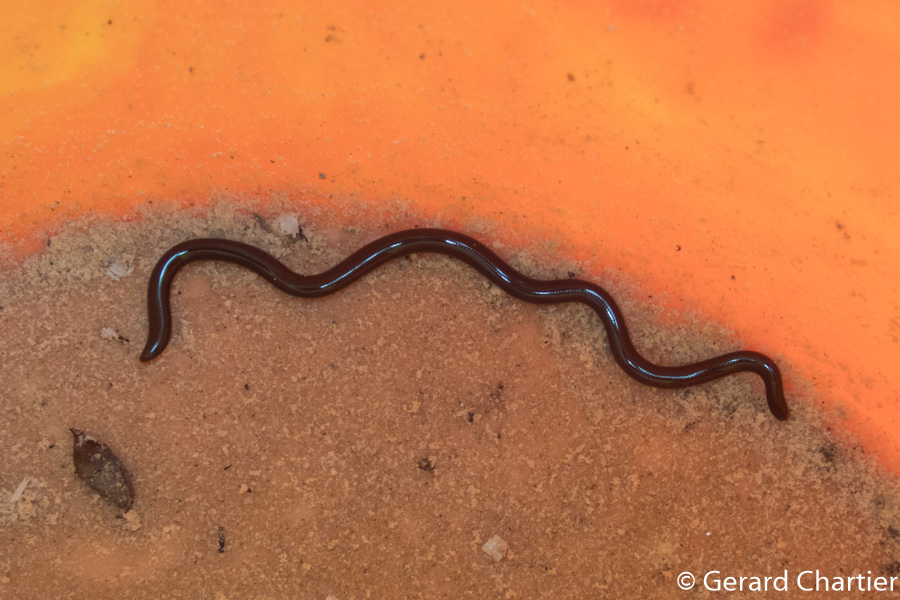
Perhaps the most specialized underground snakes are members of the Blind Snake family, comprising over 400 species worldwide and representing some of the most primitive living snakes. These small, worm-like creatures typically grow to less than 30 centimeters in length and have smooth, shiny scales that give them a polished appearance. Their most distinctive feature is their reduced eyes, which appear as mere dark spots beneath their head scales, providing only basic light detection rather than formed images. Blind snakes possess specialized skull adaptations, including a solid, wedge-shaped head that acts like a shovel for digging through soil. Their diet consists primarily of social insects such as ants and termites, along with their eggs and larvae, which they locate using chemical sensors in their tongue and skin. Some species of blind snakes are so highly adapted to underground life that they rarely, if ever, emerge onto the surface except after heavy rains.
The Thread Snake (Leptotyphlops carlae)

The Thread Snake holds the distinction of being the world’s smallest known snake species, averaging just 10 centimeters in length and with a diameter comparable to a spaghetti noodle. Endemic to the Caribbean island of Barbados, this diminutive reptile was only scientifically described in 2008, highlighting how much remains unknown about underground snake diversity. Its miniature size represents an extreme adaptation to subterranean life, allowing it to navigate through tiny soil spaces and termite tunnels with remarkable ease. Thread snakes have evolved specialized feeding behaviors that enable them to prey on the larvae and eggs of ants and termites, often raiding their nests from below. Their reduced size comes with biological trade-offs—females typically produce only a single, relatively large egg at a time, as their tiny bodies cannot accommodate more. The discovery of such a small vertebrate species has led scientists to question whether L. carlae represents the lower size limit for snakes, constrained by the minimum requirements for vertebrate physiology.
The Pink Sunbeam Snake (Xenopeltis unicolor)

The Pink Sunbeam Snake, also known simply as the Sunbeam Snake, is a stunning example of a semi-fossorial (burrowing) species native to Southeast Asia that has captivated reptile enthusiasts with its remarkable iridescence. Growing to lengths of about 3-4 feet, this snake’s smooth scales reflect light in a stunning rainbow pattern that seems almost out of place for a creature that spends most of its time underground. The snake’s body is highly polished and incredibly smooth, which facilitates movement through soil and helps prevent dirt from adhering to its scales. Anatomically, the Sunbeam Snake possesses a cylindrical body with a head that’s barely distinguishable from its neck, allowing it to push through soil with minimal resistance. Although it spends daylight hours buried in loose soil or leaf litter, it emerges at night to hunt for frogs, small mammals, and other reptiles. Despite its striking appearance, the Sunbeam Snake remains relatively unknown to the general public, as its secretive lifestyle makes it difficult to observe in nature.
The Desert Worm Snake (Carphophis vermis)
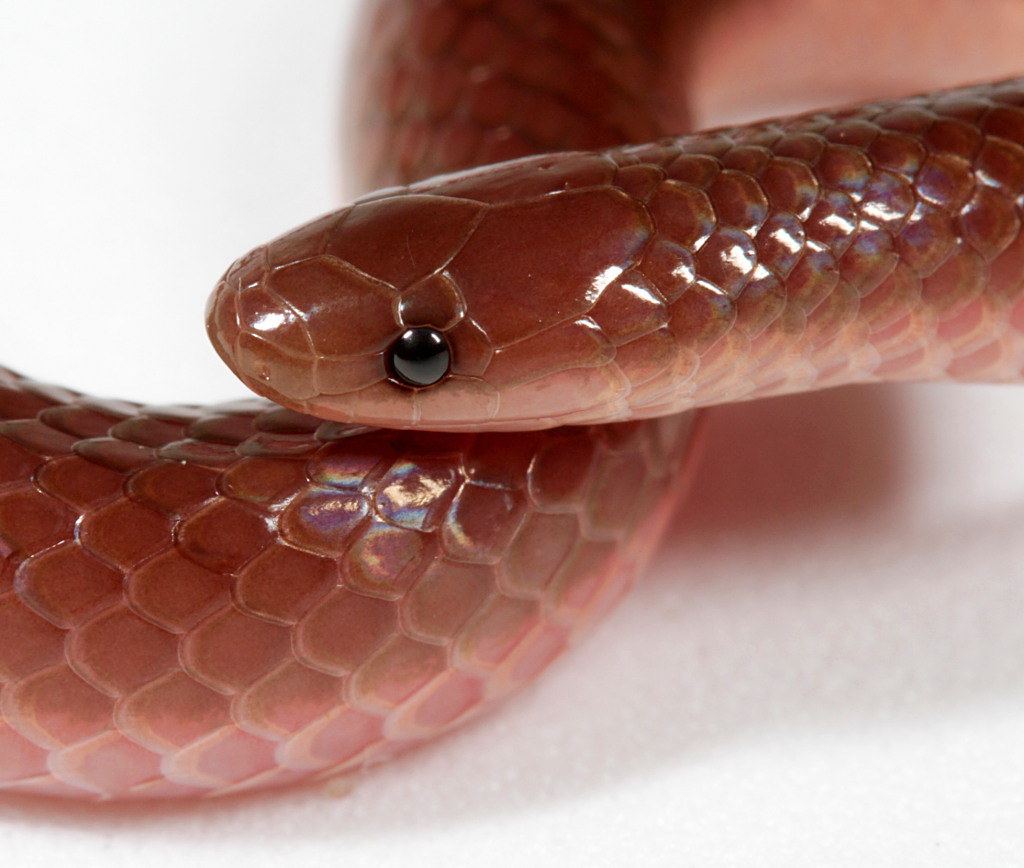
The Desert Worm Snake, found primarily in the central United States, embodies the perfect adaptation for an underground existence with its small size (typically 7-11 inches) and worm-like appearance. This snake features a pointed head adapted for burrowing and a distinctive purplish-brown dorsal coloration that transitions to a striking pink or red belly. Unlike many other snakes, the Desert Worm Snake has smooth, polished scales that allow it to move through soil with minimal friction and resistance. Its diet consists almost exclusively of earthworms and soft-bodied invertebrates that it encounters while tunneling through loose soil, leaf litter, and rotting logs. The Desert Worm Snake’s reproductive cycle is also adapted to its subterranean lifestyle, with females laying small clutches of eggs in protected underground chambers during summer months. Despite being relatively common within its range, many people have never seen one due to its secretive nature and preference for remaining beneath the surface except during rainy periods or mild spring and fall nights.
Evolutionary Adaptations for Underground Life
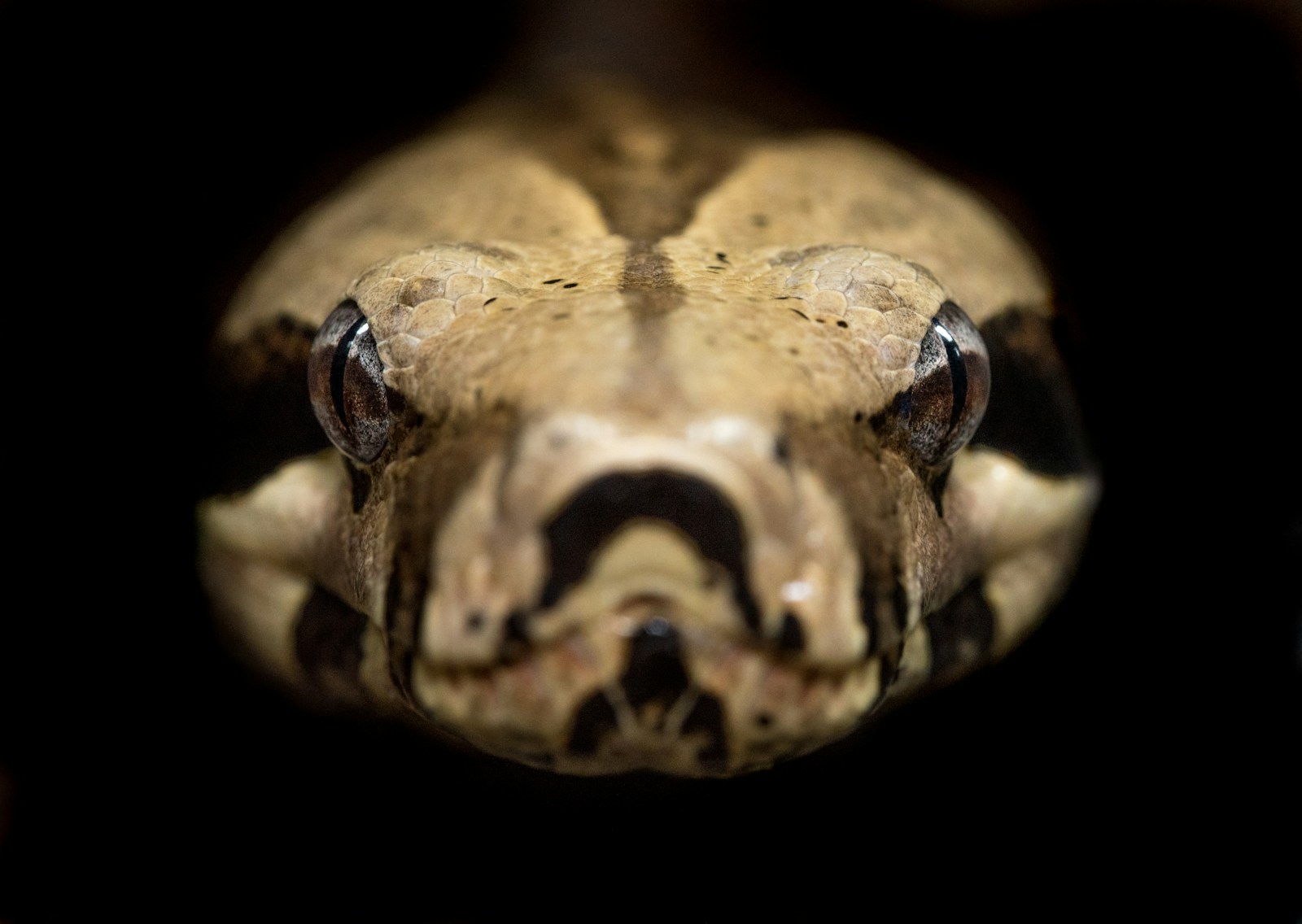
Underground snakes represent masterpieces of evolutionary adaptation, having developed specialized features that allow them to thrive in subterranean environments. Most notably, these species have evolved compact, reinforced skulls that act as digging tools, allowing them to push through soil with reduced risk of injury. Their eyes have often undergone significant reduction, as vision offers little advantage in dark underground spaces; instead, many species have enhanced sensory systems for detecting vibrations and chemical signals. The body shape of burrowing snakes tends to be cylindrical with little taper, facilitating smooth forward movement through substrate with minimal resistance. Additionally, many underground species have developed specialized scales that are smooth and tightly overlapping, creating a polished surface that reduces friction and prevents soil from becoming lodged between scales. These evolutionary modifications have occurred independently in multiple snake lineages across different continents, demonstrating the phenomenon of convergent evolution in response to similar environmental pressures.
Hunting and Feeding Strategies Below Ground
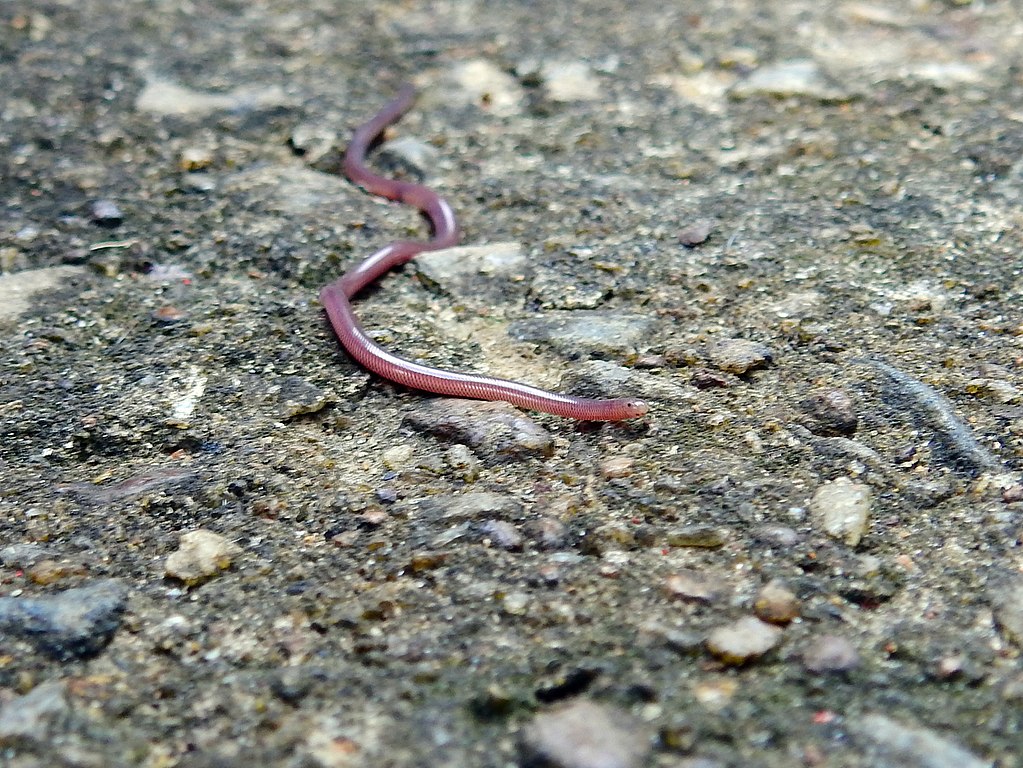
Underground snakes have developed fascinating hunting strategies uniquely suited to their lightless domain, relying heavily on non-visual senses to locate prey. Many species have highly developed vomeronasal organs (Jacobson’s organs) that process chemical information collected by their flickering tongues, essentially allowing them to “taste” their surroundings and track prey through soil. The confined nature of underground tunnels and burrows presents both challenges and opportunities for hunting; while space for movement is limited, prey animals have fewer escape routes. Most subterranean snake species have specialized diets that reflect the food sources available underground, with many feeding primarily on invertebrates like earthworms, termites, and ant larvae. Interestingly, some underground snakes have evolved the ability to consume prey that is relatively large compared to their head size, with specialized jaw adaptations that allow for significant stretching when feeding. Their predation often occurs entirely below the surface, with the entire hunting sequence—from detection to consumption—taking place in complete darkness.
Reproduction Challenges for Subterranean Snakes

Reproducing successfully while maintaining a primarily underground lifestyle presents unique challenges that subterranean snake species have had to overcome through specialized adaptations. Many underground snake species produce fewer, larger eggs than their surface-dwelling counterparts, representing a quality-over-quantity approach to reproduction that works better in space-limited underground environments. Finding mates presents another challenge, with many species undertaking seasonal migrations to the surface or using chemical signals that can travel through soil to locate potential partners. Some species, like certain blind snakes, have evolved to be parthenogenetic, allowing females to reproduce without fertilization—an adaptation that eliminates the need to find a mate altogether. The placement of eggs requires careful consideration as well, with many underground species selecting microhabitats that balance moisture, temperature, and protection from predators while remaining below ground, such as rotting logs, compost heaps, or abandoned mammal burrows. These reproductive strategies highlight the remarkable adaptability of these secretive reptiles to overcome the constraints of their subterranean existence.
Conservation Status and Threats
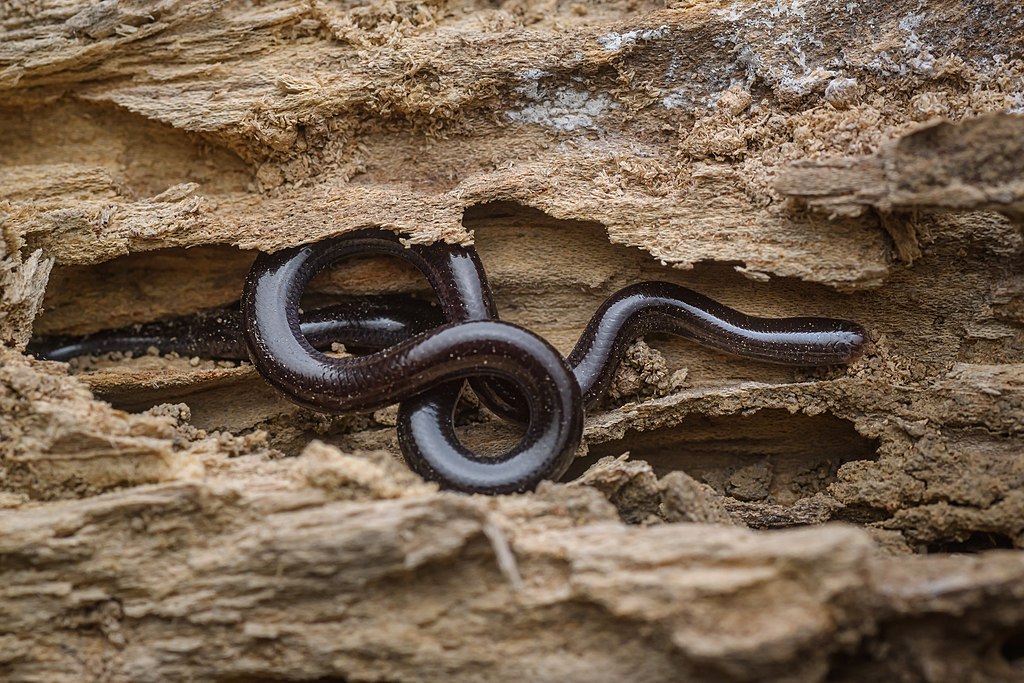
Due to their secretive underground lifestyles, many burrowing snake species remain poorly studied, making accurate assessment of their conservation status particularly challenging for researchers. Agricultural practices, especially deep plowing and the application of pesticides, pose significant threats to underground snake populations by directly destroying their habitat and poisoning their invertebrate prey base. Urban development represents another major threat, as soil compaction, concrete coverage, and landscape modification eliminate suitable habitat for burrowing species across large areas. Climate change affects underground snakes in less visible but equally concerning ways, as shifting precipitation patterns alter soil moisture levels that are critical for successful burrowing, feeding, and reproduction. The limited public awareness of these species compounds conservation challenges, as underground snakes typically receive far less attention and protection than their more visible surface-dwelling counterparts. Conservation efforts for these species often focus on habitat preservation and the maintenance of natural soil ecosystems that remain undisturbed by human activity.
Research Challenges and Knowledge Gaps
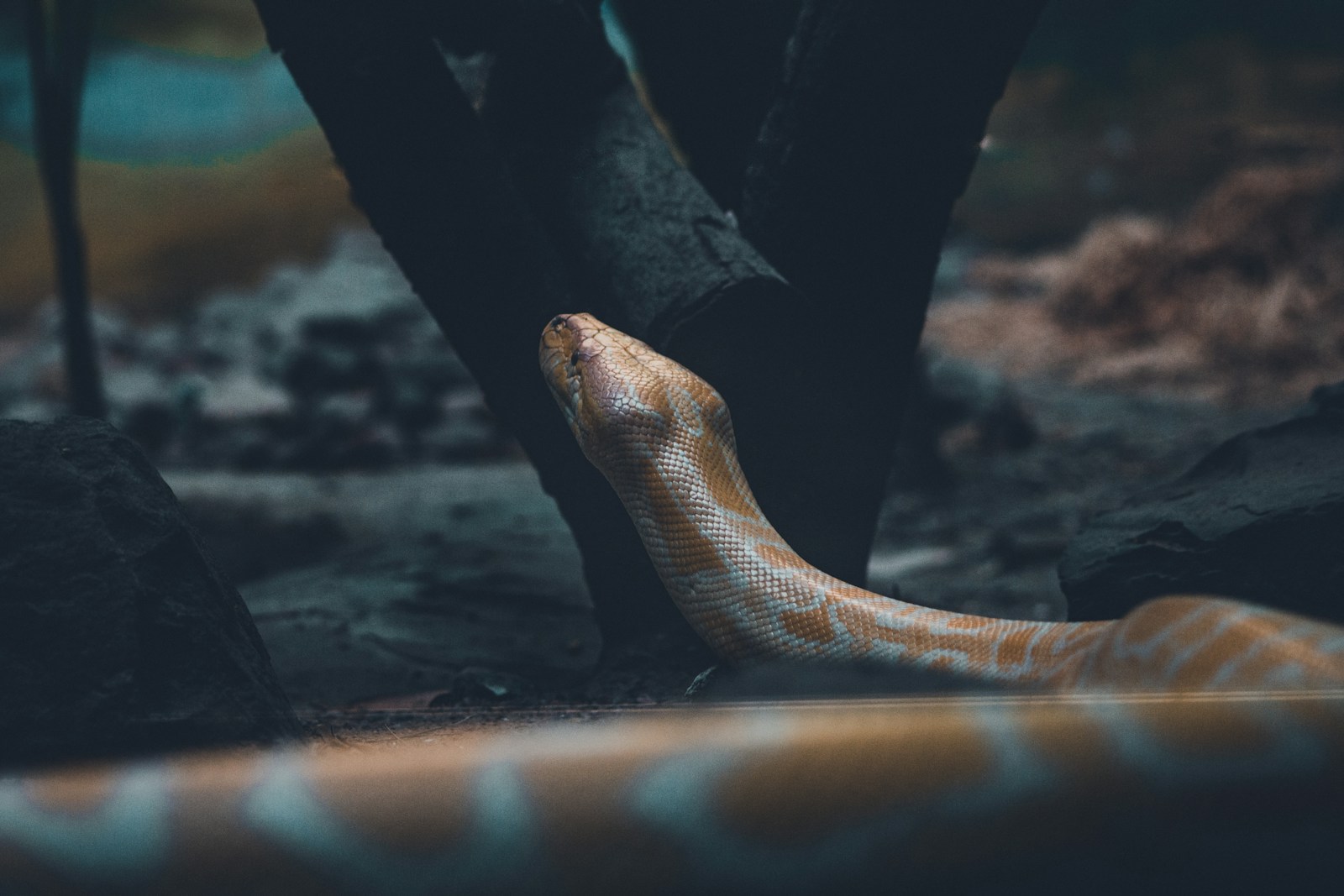
Studying underground snakes presents unique challenges that have resulted in significant knowledge gaps regarding their behavior, ecology, and population status. Traditional reptile survey methods often prove ineffective for species that rarely surface, requiring researchers to develop specialized techniques such as soil sampling, artificial cover objects, and even ground-penetrating radar in some cases. The cryptic nature of these species means that basic information about their natural history—including lifespan, movement patterns, and social behaviors—remains largely unknown for many underground snake species. New technological advances, including environmental DNA (eDNA) sampling and miniaturized tracking devices, are beginning to overcome some of these challenges by allowing scientists to detect and monitor underground species without direct observation. Despite these innovations, research funding for underground snakes remains limited compared to more charismatic species, further slowing progress in understanding these fascinating reptiles. Collaborative citizen science projects have emerged as one promising approach to expand data collection, with landowners and nature enthusiasts helping to document encounters with these elusive species.
Cultural Significance and Myths
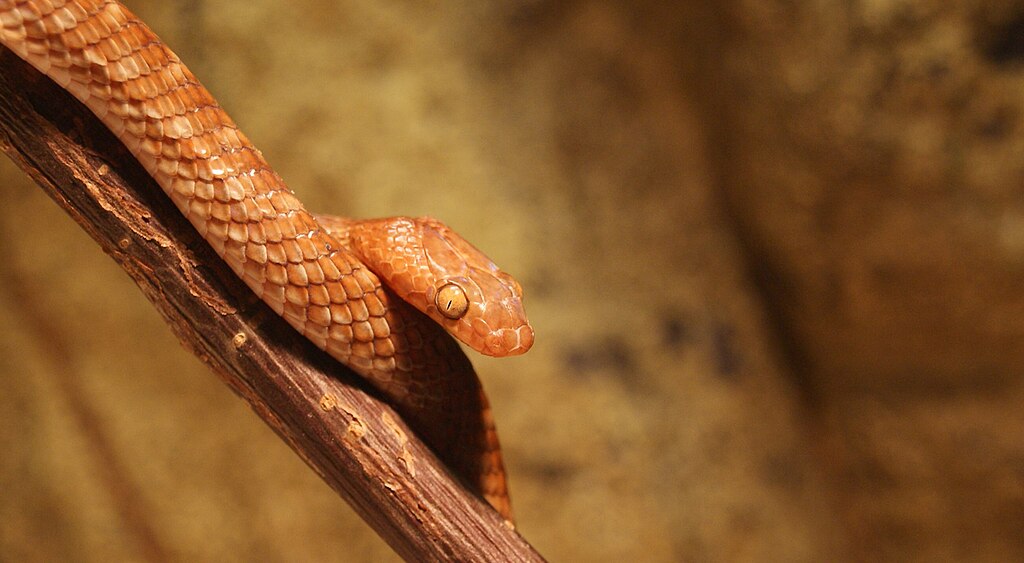
Throughout human history, underground snakes have featured prominently in folklore and mythology, often portrayed in ways that reflect both fascination and misunderstanding. Many indigenous cultures viewed burrowing snakes as connectors between the earthly realm and the underworld, attributing to them supernatural powers related to fertility, rain, and agricultural success. In some cultures, the sudden appearance of blind snakes after heavy rains led to beliefs that they fell from the sky, giving rise to myths about “snake rains” that persisted well into the modern era. Unfortunately, the secretive nature and unusual appearance of underground snakes have also contributed to numerous harmful superstitions, with some species being killed due to unfounded fears about their supposed venomous capabilities or mystical powers. Modern educational efforts aim to replace these misconceptions with appreciation for the ecological role these species play in soil health and natural pest control. Archaeological evidence suggests that certain cultures even venerated burrowing snakes, with stylized representations appearing in ancient artwork across multiple continents, reflecting their cross-cultural significance.
Ecological Importance in Soil Ecosystems
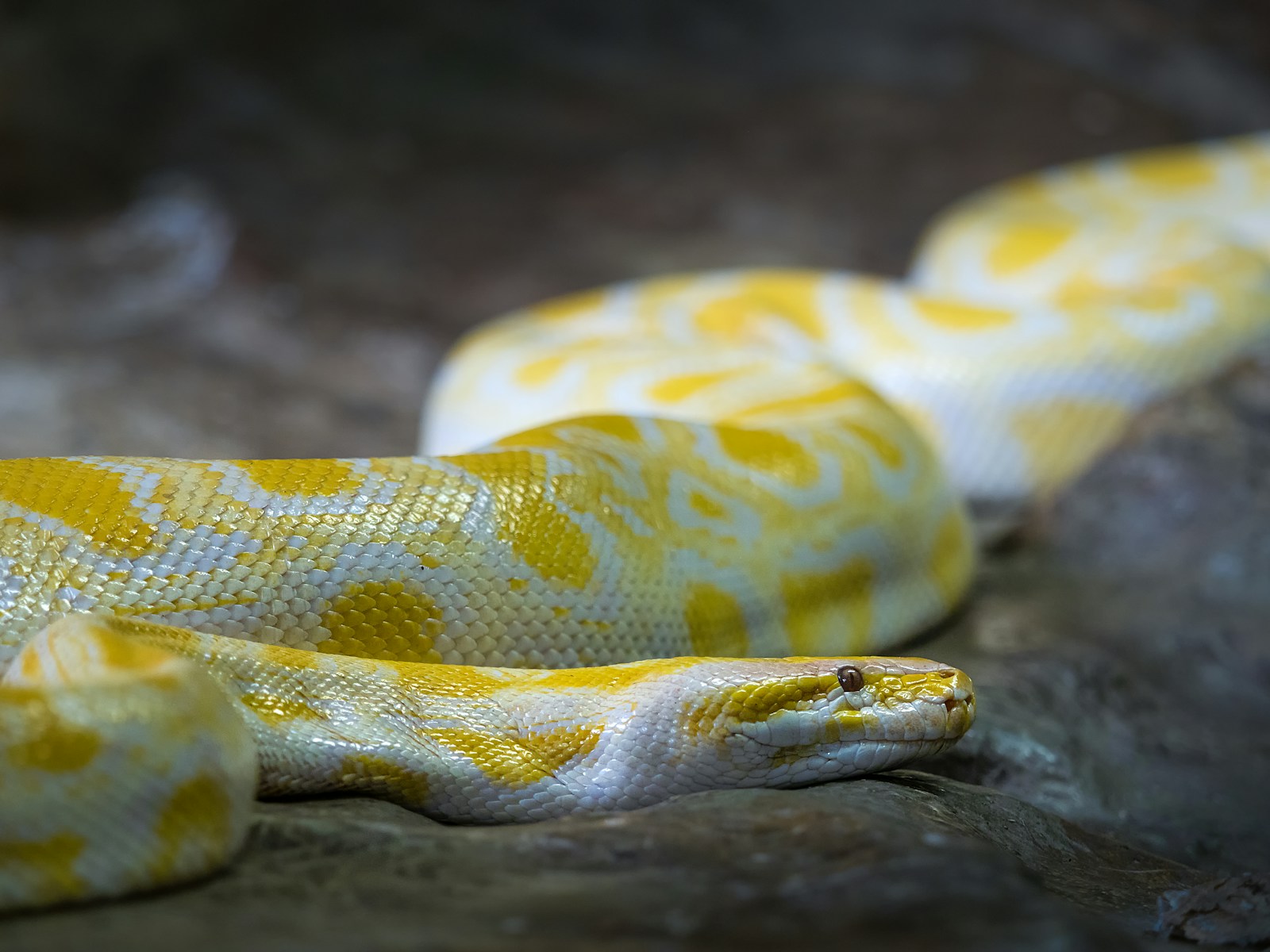
Underground snakes serve as crucial components of healthy soil ecosystems, fulfilling ecological roles that contribute significantly to soil formation and nutrient cycling. As predators of soil invertebrates like earthworms, termites, and insect larvae, these snakes help regulate populations of organisms that directly influence soil structure and composition. Their burrowing activities create channels that increase soil aeration and water penetration, similar to the ecosystem engineering effects provided by earthworms but at a larger scale. When underground snakes defecate, they redistribute nutrients throughout different soil layers, enhancing soil fertility and supporting plant growth in ways that remain largely unstudied by soil ecologists. Additionally, the burrow systems created by these snakes provide microhabitats for other organisms, creating small ecosystem hotspots that increase overall biodiversity within soil environments. As indicators of soil health, the presence or absence of underground snake species can provide valuable information about the condition of below-ground ecosystems and their resistance to environmental disturbances.
Conclusion: The Hidden World Beneath Our Feet
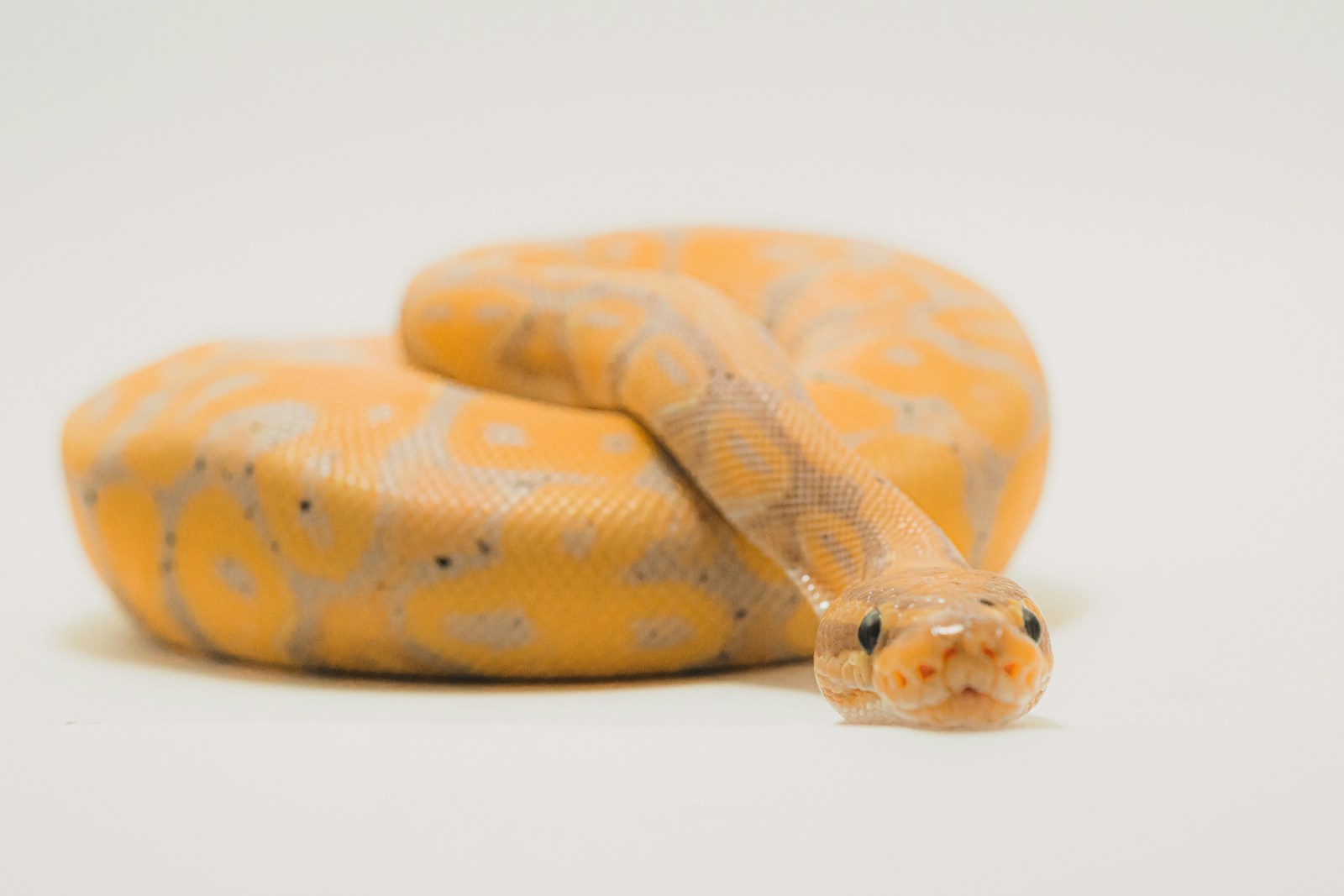
The five underground snake species we’ve explored represent just a glimpse into the remarkable diversity of serpents that have mastered life beneath the surface. From the miniature Thread Snake to the iridescent Sunbeam Snake, these reptiles demonstrate nature’s incredible capacity for specialized adaptation to challenging environments. Their unique physiological and behavioral adaptations—reduced eyes, reinforced skulls, smooth scales, and specialized hunting techniques—showcase evolutionary ingenuity at its finest. As we continue to study these secretive creatures, we not only expand our understanding of reptile diversity but also gain valuable insights into the complex ecological relationships occurring in soil ecosystems worldwide. The next time you walk across seemingly empty ground, remember that you might be treading above an entire hidden world of fascinating serpents that have perfected the subterranean lifestyle, continuing their ancient evolutionary journey largely unseen by human eyes. These underground specialists remind us that nature’s diversity extends far beyond what’s immediately visible, with remarkable adaptations occurring even in the darkest places beneath our feet.

